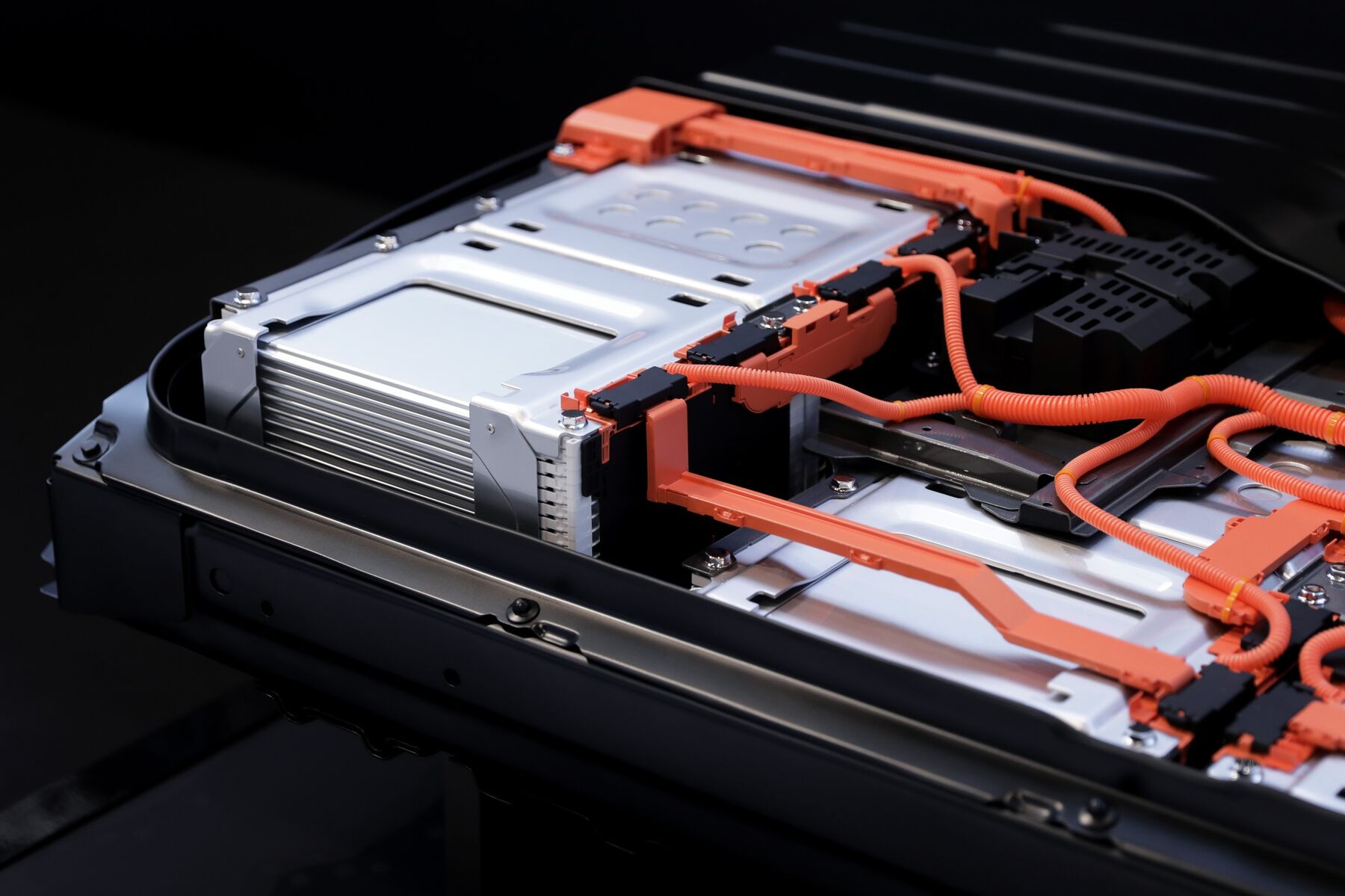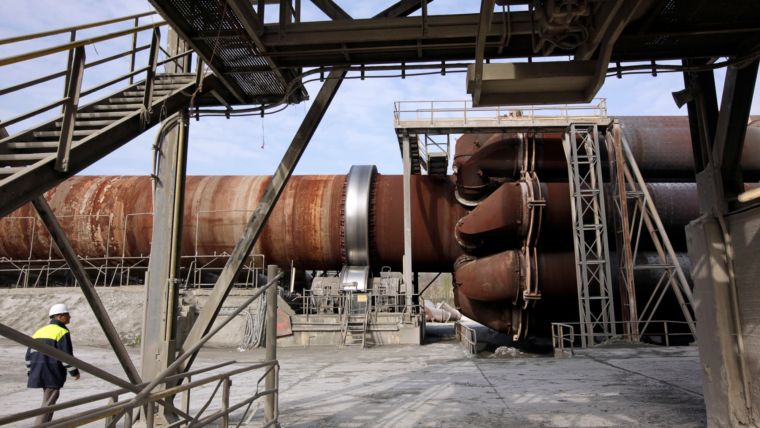Following up on my last posting about the fuel economy standards that the Trump Administration is attempting to reduce, I want to remind you of another theme that I have harped on for years: that technology is progressing, and going to continue to do so, much more rapidly than “conventional wisdom” perpetrated by mainstream sources would have you believe. Battery capacity, size, price and speed of recharging are improving in an exponential fashion such that the barriers to EV adoption will disappear much, much more rapidly than most people are willing to predict…but that’s not me, of course. Case in point:
“All things being equal, upfront price parity makes a buyer’s decision to buy an EV a matter of taste, style or preference — but not, for much longer, a matter of cost.
Every year, that crossover point gets closer. In 2017, a BloombergNEF analysis forecast that the crossover point was in 2026, nine years out. In 2018, the crossover point was in 2024 — six years (or, as I described it then, two lease cycles) out.
The crossover point, per the latest analysis, is now 2022 for large vehicles in the European Union. For that, we can thank the incredible shrinking electric vehicle battery, which isn’t so much shrinking in size as it is shrinking — dramatically — in cost.
Analysts have for several years been using a sort of shorthand for describing an electric vehicle battery: half the car’s total cost. That figure, and that shorthand, has changed in just a few years. For a midsize U.S. car in 2015, the battery made up more than 57 percent of the total cost. This year, it’s 33 percent. By 2025, the battery will be only 20 percent of total vehicle cost.”
If you’ve ever driven an EV you know that performance is great and features are as good or better than in an ICE vehicle. And soon, the size of the battery will shrink and allow designers much more opportunity to create some really new and distinctive vehicles.
“The incredible shrinking electric vehicle battery doesn’t just mean cheaper electric passenger cars. It also means all sorts of other vehicles that weren’t previously practical to electrify now are — and beyond proof-of-concept scale, too.”
OK, so now you’re thinking that even if we make every car and truck and bus in the world electric and power them with renewable energy what do we do about planes and ships? Well…scroll down far enough and you see in a second article:
“There are new electric vehicles at sea as well. Stena Line plans to install batteries in one of its car ferries between Sweden and Denmark, rolling out its battery systems incrementally. The first, a 1 megawatt-hour battery, will power the ship when it is maneuvering in port. The next, a 20 megawatt-hour battery, will provide power for port operations and “about 10 nautical miles” beyond. The final, a 50 megawatt-hour battery, will provide 50 nautical miles’ worth of power. “As both the size and cost of batteries decrease, battery operation becomes a very exciting alternative to traditional fuels for shipping, as emissions to air can be completely eliminated,” says Stena Line’s CEO Niclas Martensson.
Smaller EV batteries will soon be flying, too. Harbour Air Ltd., which operates 42 planes in 12 short routes in British Columbia, is adding an electric plane to its fleet. “The intent is to eventually convert the entire fleet,” says founder and CEO Greg McDougall, who offers a familiar rationale for his optimism: Ranges and capabilities “are changing very rapidly with the development of the battery technology.””
If you’re still saying to yourself that all these technologies make up a minuscule segment of the market, think where cars, planes, fax machines, computers and smart phones started and became ubiquitous in very short time frames. And the technologies, industries and companies they left in the dust. The change is coming and it will be remarkably fast once it really gains momentum. Especially once it becomes socially unacceptable NOT to buy an EV just as it has become socially unacceptable to smoke in public or even smoke at all.
The one last barrier is charging time. I’ll fill you in on how this too is becoming a non-issue in another posting.
Electric Car Price Tag Shrinks Along With Battery Cost
Choosing an electric car over its combustion-engine equivalent will soon be just a matter of taste, not a matter of cost.
By
April 12, 2019, 11:08 AM CDT

Big things, small packages. Photographer: Kiyoshi Ota/Bloomberg
Every year, BloombergNEF’s advanced transport team builds a bottom-up analysis of the cost of purchasing an electric vehicle and compares it to the cost of a combustion-engine vehicle of the same size. The crossover point — when electric vehicles become cheaper than their combustion-engine equivalents — will be a crucial moment for the EV market. All things being equal, upfront price parity makes a buyer’s decision to buy an EV a matter of taste, style or preference — but not, for much longer, a matter of cost.
Every year, that crossover point gets closer. In 2017, a BloombergNEF analysis forecast that the crossover point was in 2026, nine years out. In 2018, the crossover point was in 2024 — six years (or, as I described it then, two lease cycles) out.
The crossover point, per the latest analysis, is now 2022 for large vehicles in the European Union. For that, we can thank the incredible shrinking electric vehicle battery, which isn’t so much shrinking in size as it is shrinking — dramatically — in cost.
Analysts have for several years been using a sort of shorthand for describing an electric vehicle battery: half the car’s total cost. That figure, and that shorthand, has changed in just a few years. For a midsize U.S. car in 2015, the battery made up more than 57 percent of the total cost. This year, it’s 33 percent. By 2025, the battery will be only 20 percent of total vehicle cost.
The Incredible Shrinking Car Battery
EV battery cost for U.S. medium-size car as a percentage of retail price
Note: Includes profit margins and costs other than direct manufacturing costs.
My colleague Nikolas Soulopoulos, author of the research note, provided further insights. The first is that he expects electric vehicle chassis and body costs to drop slightly, while those same costs will rise modestly for combustion vehicles “as a result of light-weighting and other measures to help comply with emissions targets.”
Second, Soulopoulos expects bigger cost improvements in the electric powertrain, as “large-volume manufacturing is only now beginning for such parts.” By 2030, costs for motors, inverters and power electronics could be 25 to 30 percent lower than they are today.
The incredible shrinking electric vehicle battery doesn’t just mean cheaper electric passenger cars. It also means all sorts of other vehicles that weren’t previously practical to electrify now are — and beyond proof-of-concept scale, too.
There are new electric vehicles at sea as well. Stena Line plans to install batteries in one of its car ferries between Sweden and Denmark, rolling out its battery systems incrementally. The first, a 1 megawatt-hour battery, will power the ship when it is maneuvering in port. The next, a 20 megawatt-hour battery, will provide power for port operations and “about 10 nautical miles” beyond. The final, a 50 megawatt-hour battery, will provide 50 nautical miles’ worth of power. “As both the size and cost of batteries decrease, battery operation becomes a very exciting alternative to traditional fuels for shipping, as emissions to air can be completely eliminated,” says Stena Line’s CEO Niclas Martensson.
Smaller EV batteries will soon be flying, too. Harbour Air Ltd., which operates 42 planes in 12 short routes in British Columbia, is adding an electric plane to its fleet. “The intent is to eventually convert the entire fleet,” says founder and CEO Greg McDougall, who offers a familiar rationale for his optimism: Ranges and capabilities “are changing very rapidly with the development of the battery technology.”
McDougall’s company is seeking approval for his plans ahead of today’s battery economics in anticipation of what’s coming. “We don’t want to be trying to get through the regulatory process after it becomes more economically viable; we want to do it now,” he says.



